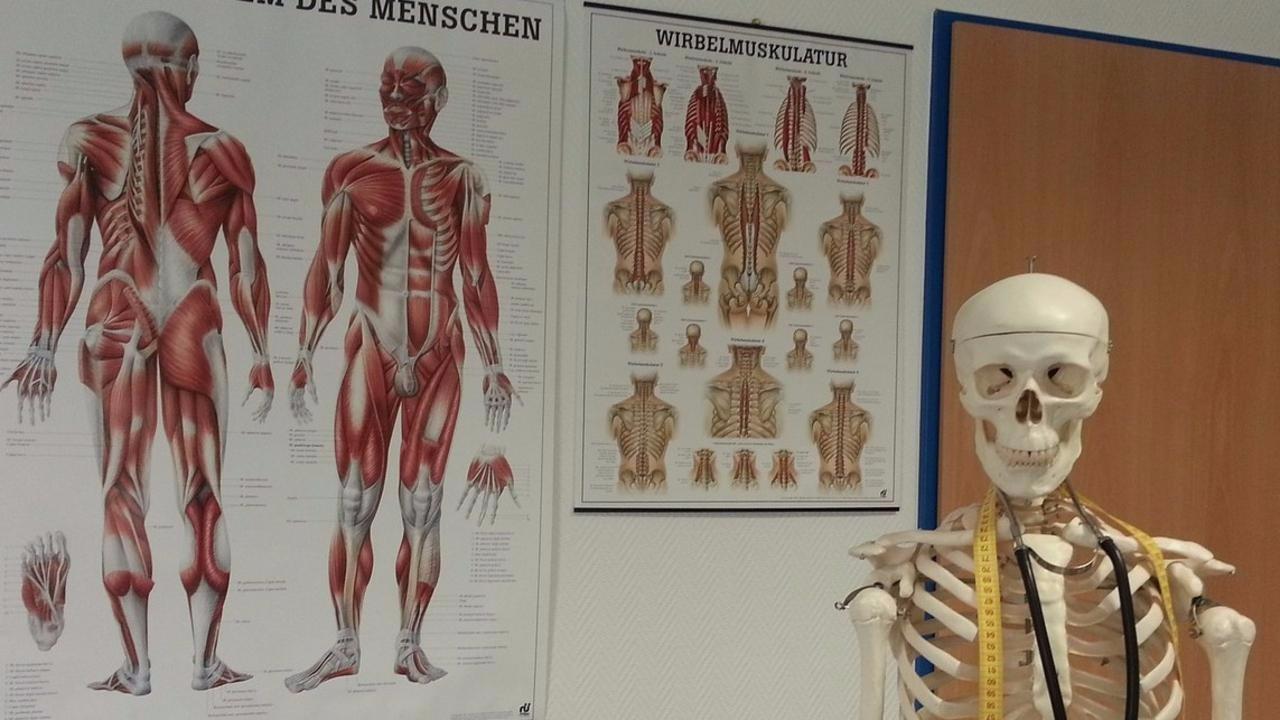
The Postural Imperative In Aging
The importance of posture in an aging population.
Today, again, I had a new senior client with back, shoulder, and neck pain. He had fallen some time back with his right arm curled up, protecting his head in the fall. He stood with a slight stoop, neck forward on the spine, and the right shoulder a bit higher than the left. I began to instruct on proper spinal posture.
A young, healthy body is held erect by a strong, well-formed bone structure. That skeletal framework is controled by a myriad of muscles. Muscle groups oppose one another, and by doing so, maintain equal strength and pull on the skeleton, keeping it upright, and able to bend and turn with good balance.
If you had muscles just in the front of your body, you would collapse forward because there would be no opposing strength in the back part of you. If the opposite were true, you would be pulled backwards, doubled over. It is the effort of opposing muscle strength that keep us upright.
Understanding that, what is happening to our seniors, bent and stooped? We are often less active. Our muscles tend to become unbalanced in favor of the muscles in the front of our bodies. The imbalance causes the front of the body to round forward and contract. The weak muscles in the back attempt to maintain, but cannot compete with the more used front muscles. They become habitually stretched.
Whatever happens to our bodies throughout life, impacts the muscles and skeleton. Broken bones or other skeletal insults affect muscles. Muscles, when imbalanced, strain other muscles and the bones. All these things that take us out of balance wreak some havoc that causes pain, either annoying or debilitating.
In our elderly, osteoporosis can cause this stooped posture, as the bones of the spine deteriorate from the inside. My father was very sedentary, sitting in his recliner all day. We had not seen either of our parents for several years when we went to Texas for my mother's hospice. I was in shock when my father stood up. His back curvature had burrowed a hollow in the back of his chair. He had spinal stenosis.
My dad had no center of gravity. That takes correct posture. As I think back on his condition, it reminds me of my Parkinson's clients. Advanced Parkinson's bends the body forward from the hips and shoulders. This causes instability and falls. Dad was very rounded, and in obvious danger of falling whenever he was up and moving.
Those moving moments were few, but they often involved his chasing my mother around the house. I had to stop him. She had multiple myeloma, bone cancer. Had he fallen on her, he would have literally broken her in many pieces. She was already in hospice, and didn't need her exit made more immediate.
As this short article illustrates, poor posture can be harmful and painful to the one who has it and to those around them. Maintaining bone and muscle strength into aging can mean a far more productive and pain free life.
More on this can be found in "The Vices of Mobility Devices" course. Go get it now for your loved ones.
Linda Mac Dougall

